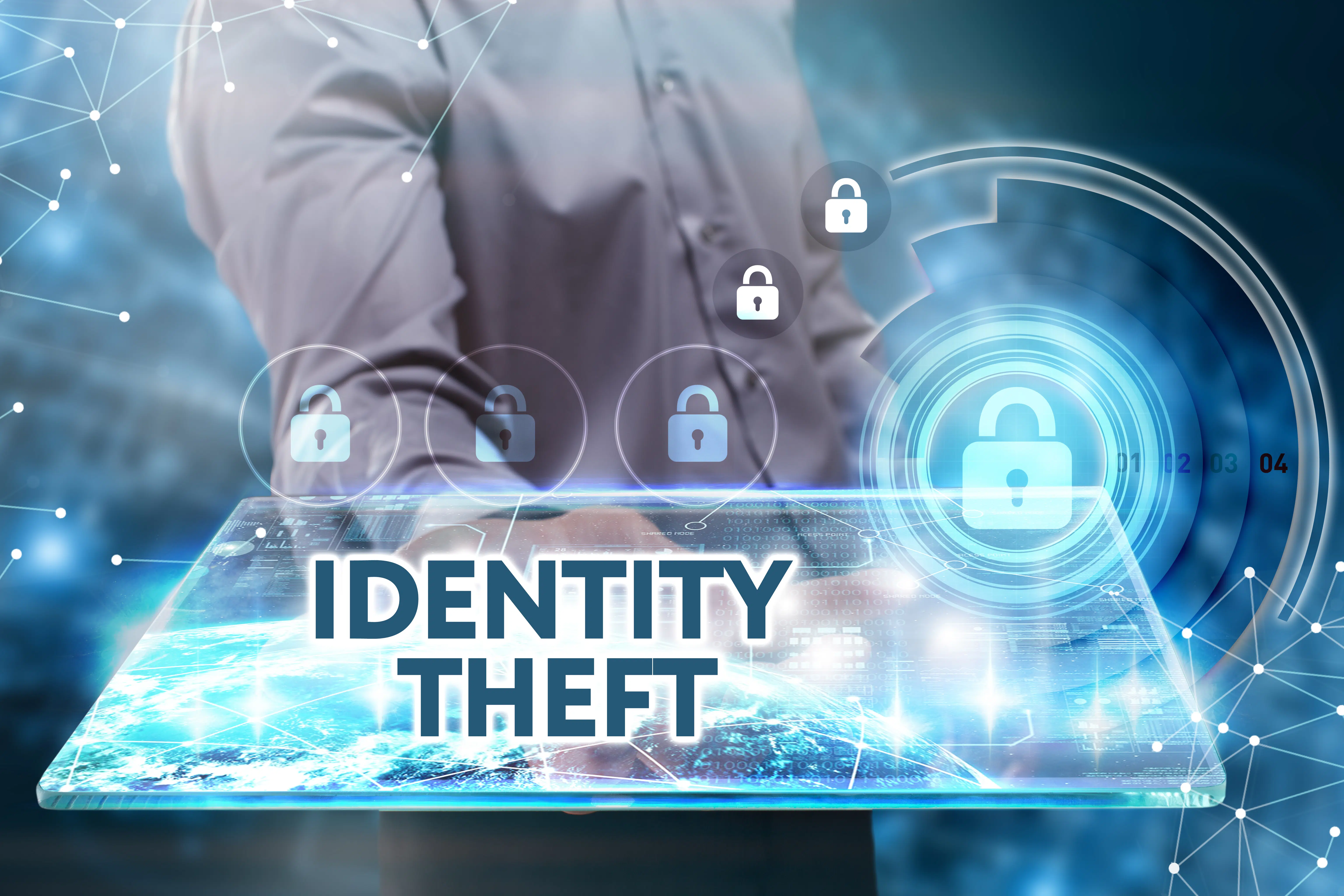Traditional Identity Theft Declines; Identity Fraud Cases Rise
Home Help Center Traditional Identity Theft Declines; Identity Fraud Cases Rise

- According to a report from Javelin Strategies, traditional identity theft is declining. However, what one might think of as identity theft is being replaced by identity fraud.
- trend identified by the Identity Theft Resource Center (ITRC) in 2020. Cybercriminals continue to move away from mass data breaches of consumer information to more targeted attacks like phishing, ransomware and supply chain attacks.
- There is no reason for consumers to panic. One record exposed is one too many, but one can’t determine the risk represented by a data breach based on the size of the breach. Knowing what records are exposed is far more important than how many records are compromised.
- To learn about recent data breaches, consumers and businesses should visit the ITRC’s new data breach tracking tool, notified.
- For more information, or if someone believes they are the victim of identity theft, consumers can contact the ITRC toll-free at 888.400.5530 or via live-chat on the company website www.idtheftcenter.org.
The Path is Smooth That Leadeth on to Danger
Welcome to the Identity Theft Resource Center’s (ITRC) Weekly Breach Breakdown for April 2, 2021. Each week, we look at the most recent and interesting events and trends related to data security and privacy. Last week we talked about the FBI’s most recent cybercrime report that shows an exponential increase in cybercrime and the losses associate with it. This week we look at how people can assess what that really means for them or their business.
In his poem, Adonis and Venus, Shakespeare wrote, “The path is smooth that leadeth on to danger.” That is the title of this week’s episode, reflecting how our desire for convenience often leads to risky behaviors.
Traditional Identity Theft is on the Decline
Let’s start with a good and bad news trend. A report from Javelin Strategies is the latest to show that “traditional identity theft” is declining. That’s good news. However, here is the “but” people may be expecting: what we think of as identity theft is being replaced by identity fraud.
Identity Fraud Cases Are on the Rise
What does that mean? It’s part of the general trend we’ve discussed where cybercriminals move away from mass data breaches of consumer information to more targeted attacks. Phishing, ransomware and supply chain attacks are good examples of the kinds of exploits that allow criminals to hit a company. The criminals reap hundreds of thousands of dollars from a single organization instead of the old-school way of attacking thousands of consumers.
However, less risk to individuals is not the same as low or no risk. In fact, the whole concept of identity fraud is based on using consumer behaviors to lure people into a scam. Maybe it’s a text that says someone’s Amazon account has been frozen, and the user needs to click on a link to verify their password to unlock it – and they do. They have just given them their login and password, which regulars of the podcast know are 10x more valuable to a data thief than a consumer’s credit card information.
Maybe someone gets an email from Google or Microsoft claiming their payment card is about to expire. All the user needs to click on is a link to log in and update their information. However, the email and login webpage are deep fakes, and the user just shared their login, password and credit card information with criminals.
All of these phishing techniques are predicated on our behaviors as humans, the need to instantly address any issue that appears by text or email in the most convenient way possible.
While different research reports come up with different identity fraud case totals, they all agree it is on the rise, and the dollar value starts with a B, as in billions. Right now, one might be thinking, “Well, that’s just great. Do I panic now or panic later?”
No Reason for Consumers to Panic
First, there is no reason to panic at all. People may have seen a media headline that talked about more records being exposed in data breaches in 2020 than in the past 15 years combined. While that is attention-grabbing, it’s not particularly meaningful.
One record exposed is one too many, but the reality is one can’t determine the risk represented by a data breach based on the size of the breach. Someone’s date of birth and Social Security number are two records. They may have been exposed thousands of times over the past 15 years, but they are still only two data points, and they don’t change. However, the risk associated with each data point is very different.
Knowing what records are exposed is far more important than how many records are compromised. Knowing how to protect your own information is the most important information, and that’s where the ITRC can help.
Contact the ITRC
If anyone has questions about keeping their personal information private and how to protect it, they can visit www.idtheftcenter.org, where they will find helpful tips on these and many other topics.
If someone thinks they have been the victim of an identity crime or a data breach and needs help figuring out what to do next, they should contact us. People can speak with an expert advisor on the phone, chat live on the web, or exchange emails during our normal business hours (6 a.m.-5 p.m. PST). Visit www.idtheftcenter.org to get started.
Be sure to check out the most recent episode of our sister podcast, The Fraudian Slip. We will be back next week with another episode of the Weekly Breach Breakdown.
How much information are you putting out there? It’s probably too much. To help you stop sharing Too Much Information, sign up for the In the Loop.
Get ID Theft News
Stay informed with alerts, newsletters, and notifications from the Identity Theft Resource Center

